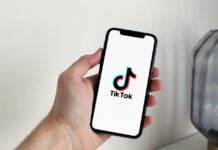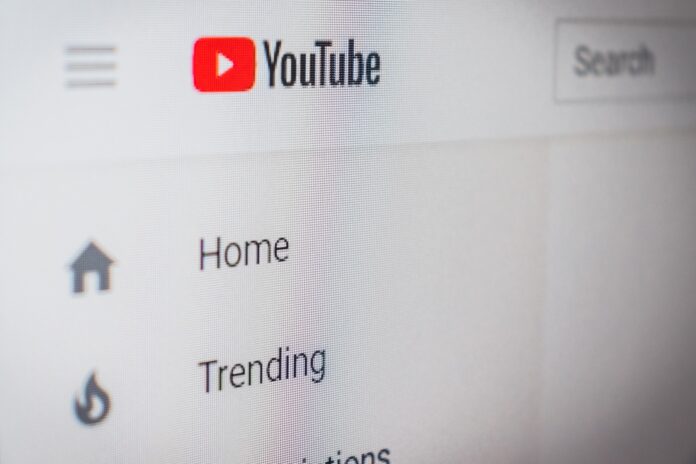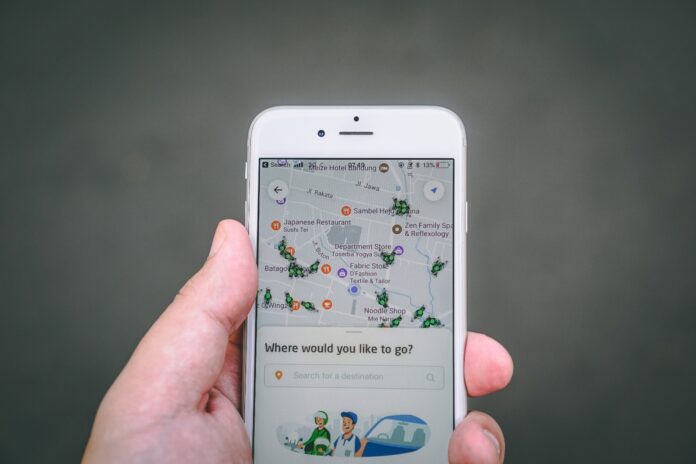Soon, you will be able to access both of your WhatsApp accounts—even if you have two—from a single device.
Meta CEO Mark Zuckerberg announced on Thursday that WhatsApp is rolling out the ability to switch between accounts on Android, and you will not have to carry an extra device or constantly log out of your account to do so.
This new tool should help you manage your discussions across various accounts, such as if you have one WhatsApp account for work and another for chatting with friends and family, reported The Verge. It will be available in the following weeks.
To set up a second account, you will still need a separate phone number and SIM card (or a phone that accepts multi-SIM or eSIM).




























